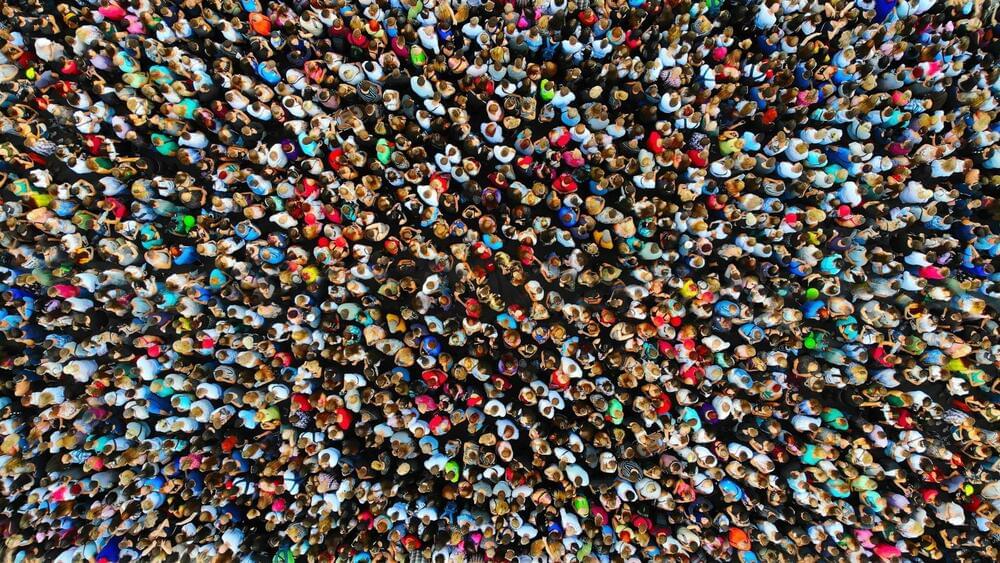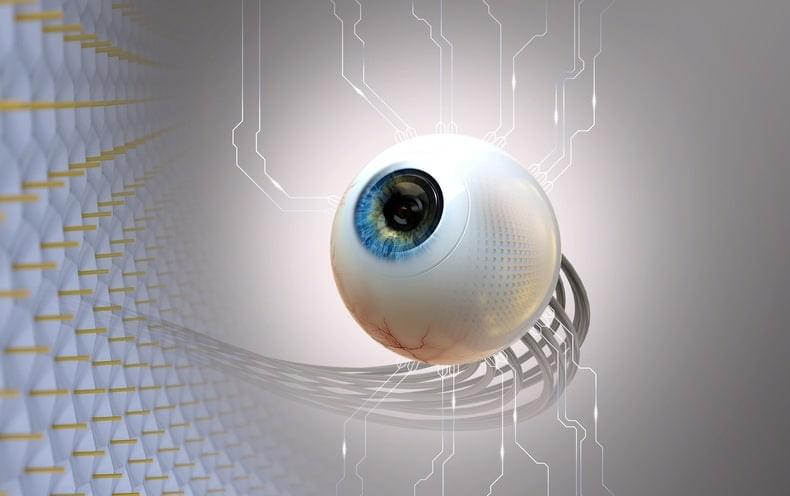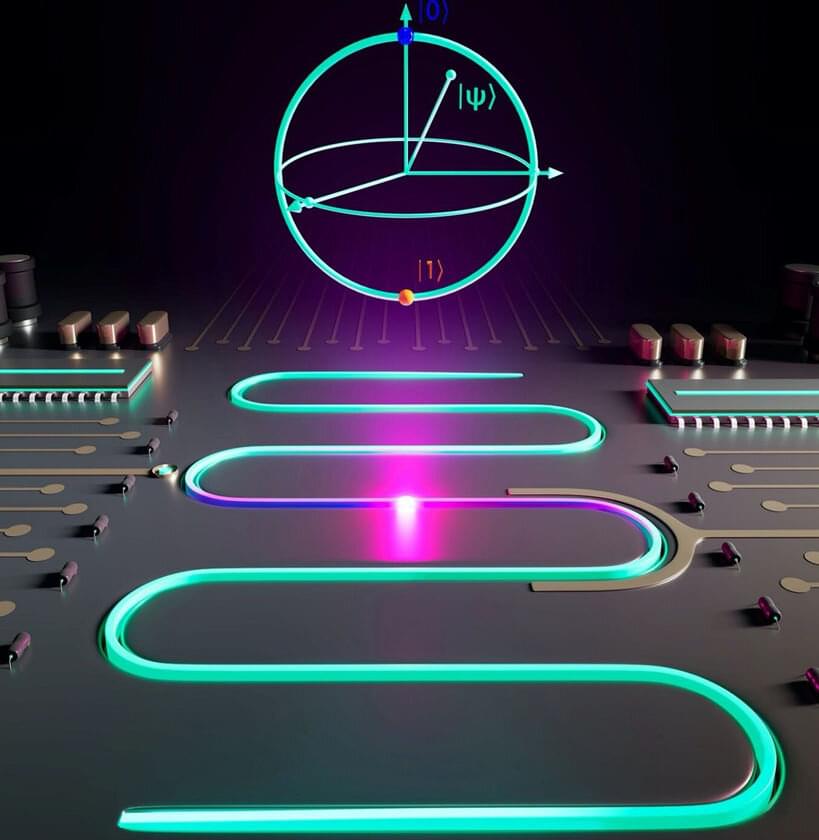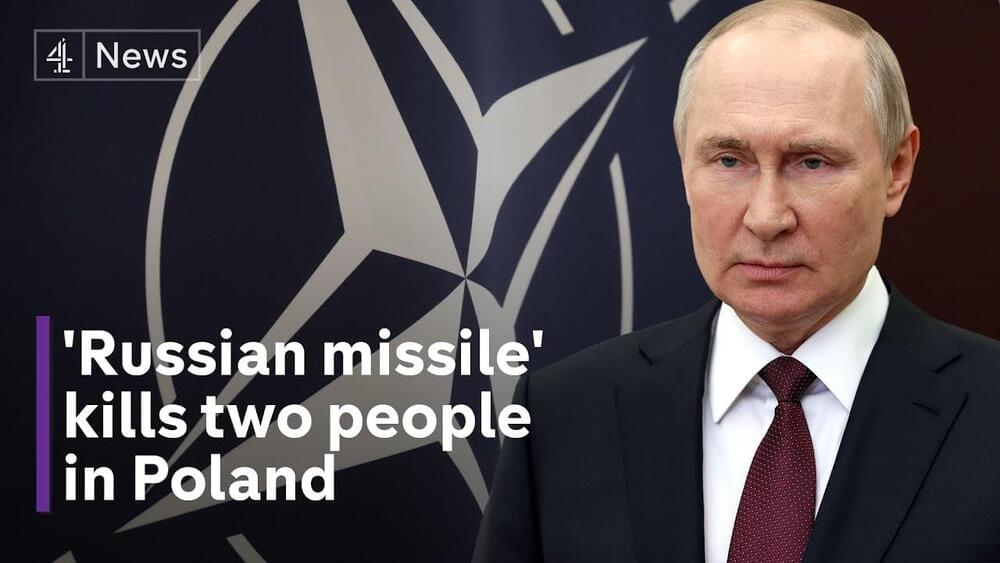A result of the gradual increase in human lifespan and high and persistent levels of fertility in some countries.
The world’s population hit eight billion today, November 15, and this is a “milestone in human development,” according to a statement by the United Nations (UN).
This unprecedented growth is due to the gradual increase in human lifespan owing to improvements in public health, nutrition, personal hygiene, and medicine.
Dmytro Varavin/iStock.
Considering the fact that the last time the global population notched seven billion was in 2011, the world population increased by one billion in the last 11 years. This raises concerns about overpopulation, which is directly linked to climate change.









